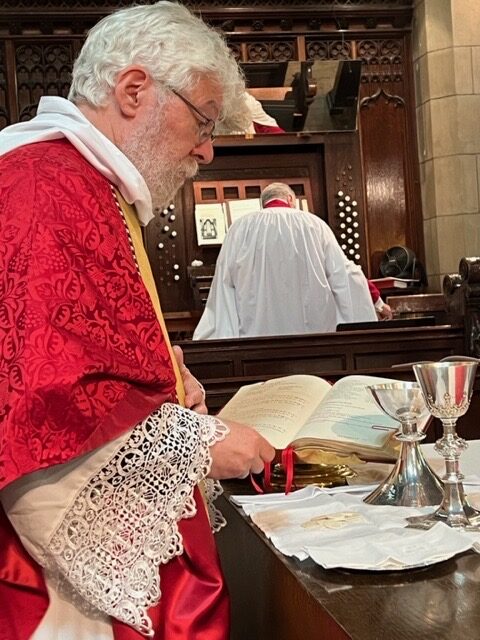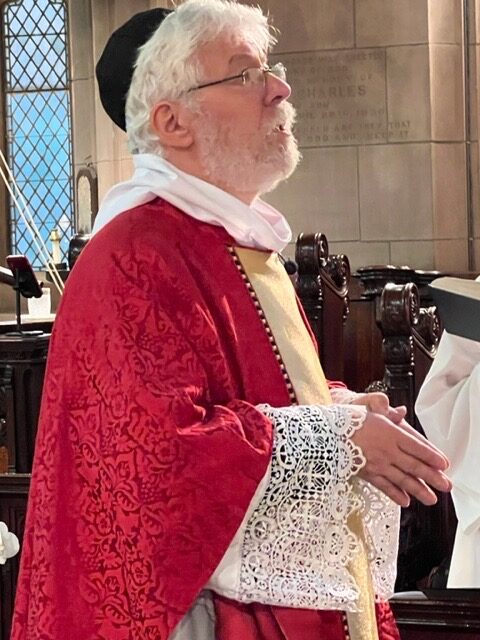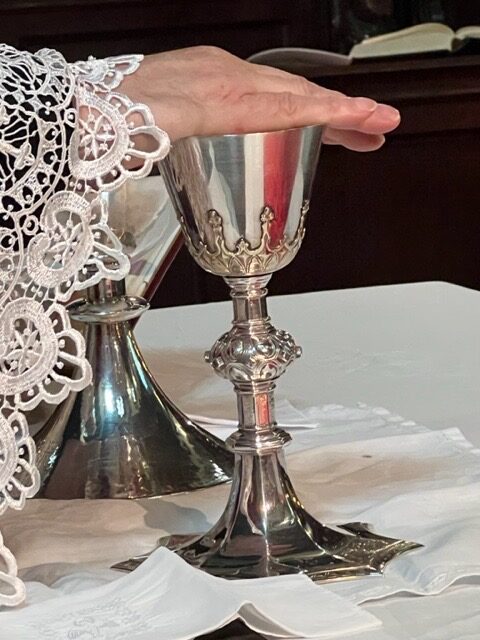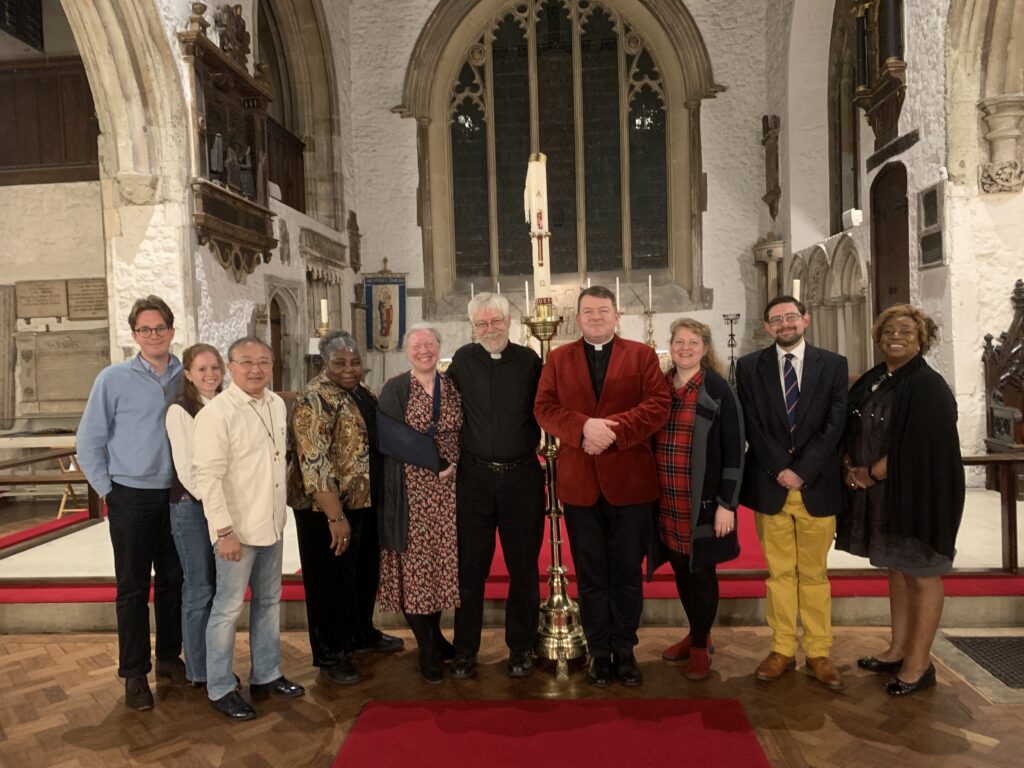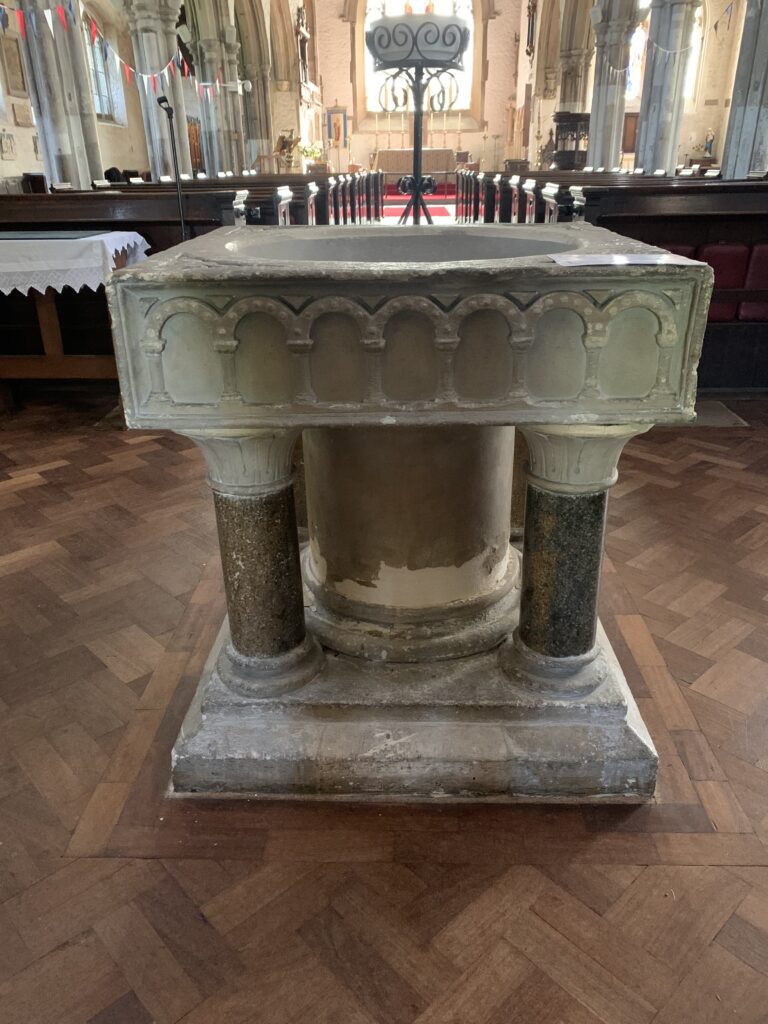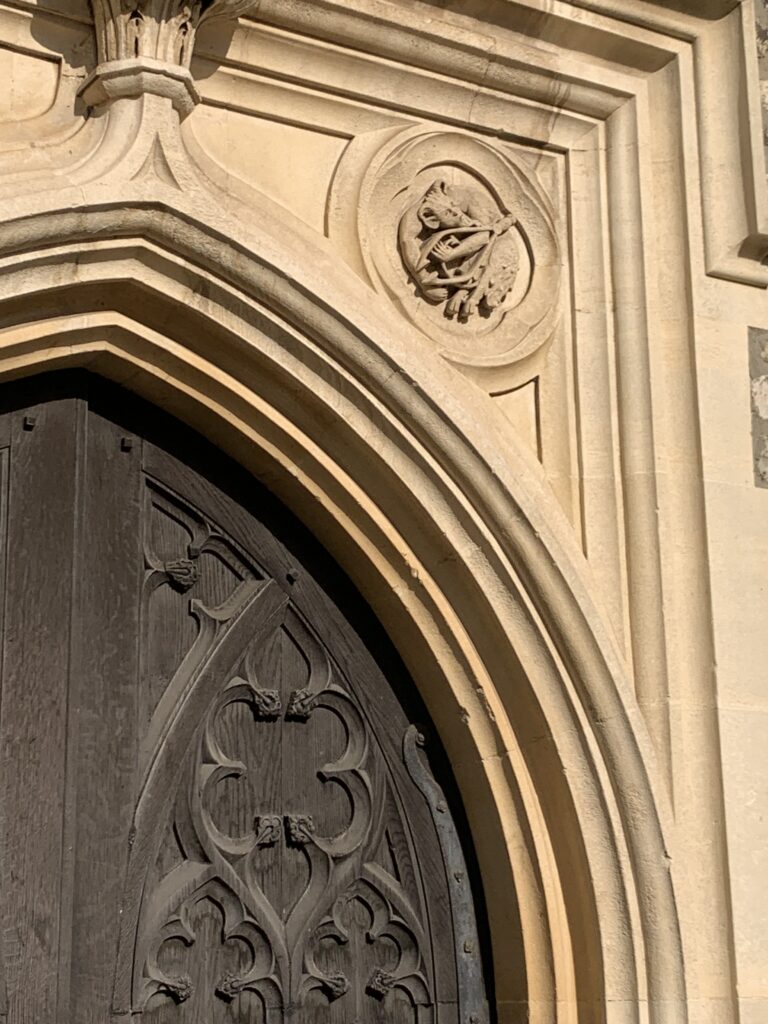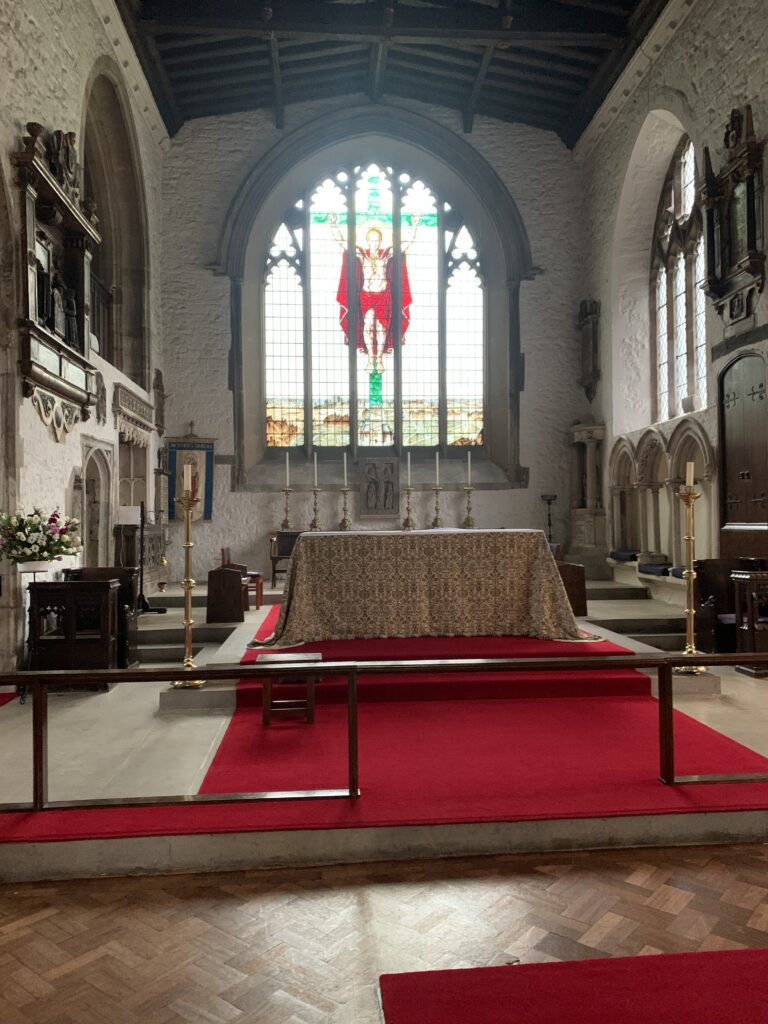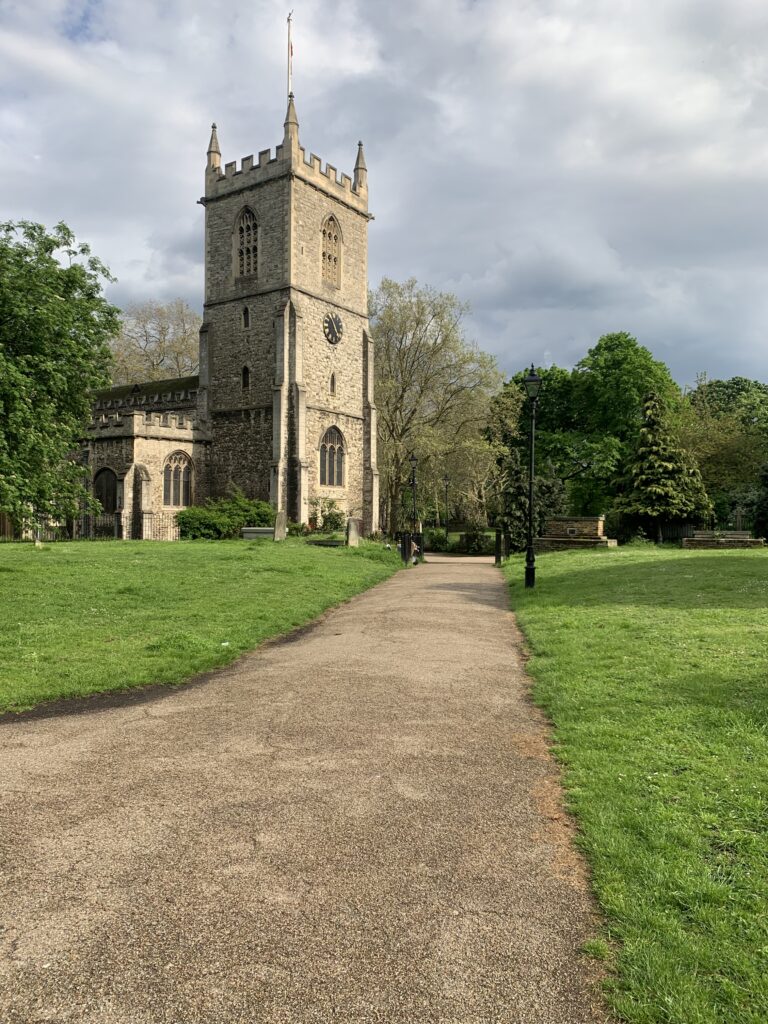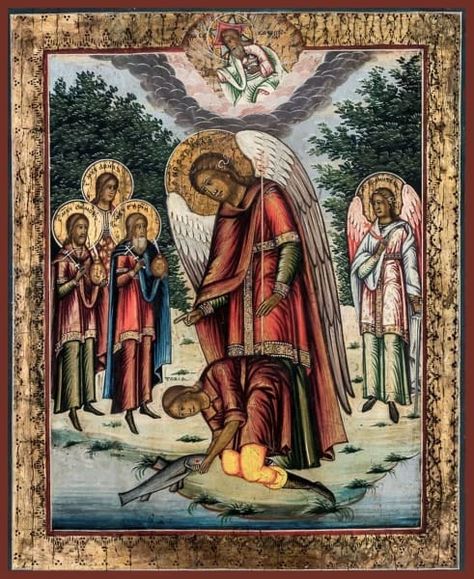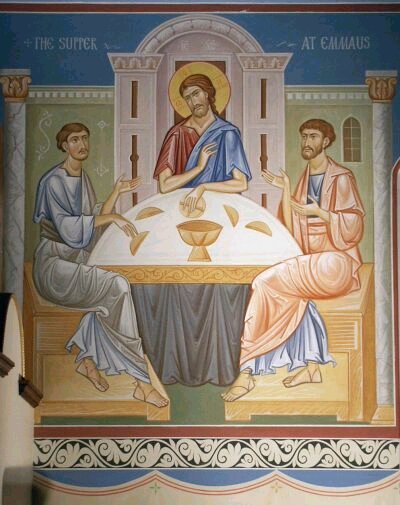Ember days. Days of prayer for those preparing for ordination, days for celebrating ordination, days of prayer for those engaged in ordained ministry. Three days of fasting and prayer—Wednesday, Friday, Saturday—are set aside four times a year (the week of Pentecost, the week following Holy Cross Day, the week following St. Lucy’s Day in December, the first full week of Lent) in order to pray for and ordain clergy to sustain the life of the Body of Christ.
But—Ember Days are also the source of Tempura! Tempura is a typical Japanese dish that was originally introduced to Japan by the Portuguese in Nagasaki through fritter-cooking techniques during the 16th century. The dish usually consists of seafood, meat and vegetables that have been battered and deep fried. Who’d athunk it?!
The word tempura comes from the original Latin for the Ember Days; the term “Ember Days” itself comes from the Latin quatuor tempora (literally ‘four times’). The Ember Days are also regular times to avail oneself of Confession and spiritual direction at the four turning points of the seasons. Tying self-examination, repentance, confession, etc to the Ember Days removes these from the realm of “whether I feel it’s necessary” and waiting for a moment of “inspiration” so that such activities become simply part of the regular, expected rhythm of spiritual life and practice.
Some people see a connection between the Ember Days and the four Lenten periods of the Orthodox Church year—Nativity Fast, Great Lent, the Apostles’ Fast, and the Dormition Fast. Although falling at similar times of the year, there is no firm connection between the Ember Days and these Orthodox fasting periods. But the four Lenten periods are also times of prayer and fasting, spiritual guidance and confession, as well as frequently occasions for ordination.
Spanish folklore says the weather of the Ember Days predicts the weather for that coming season of the year, much as the folklore of Groundhog Day says the weather of February 2 sets the pattern for the next six weeks. (That means the summer will be pleasant and mild, at least in New York! 🤞)
So, four times a year for three days: Fast! Pray! Confess! Be ordained! And eat tempura ….

